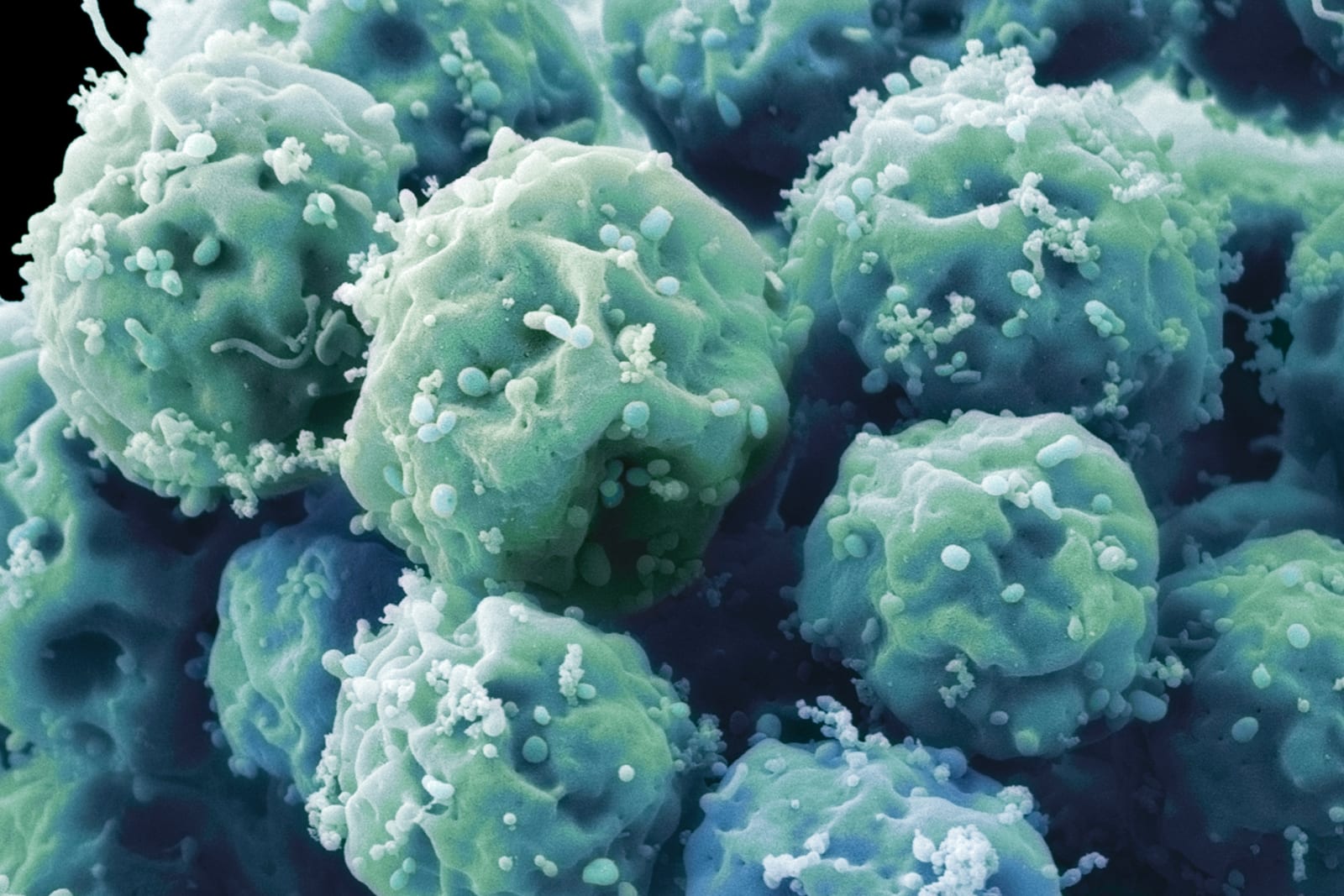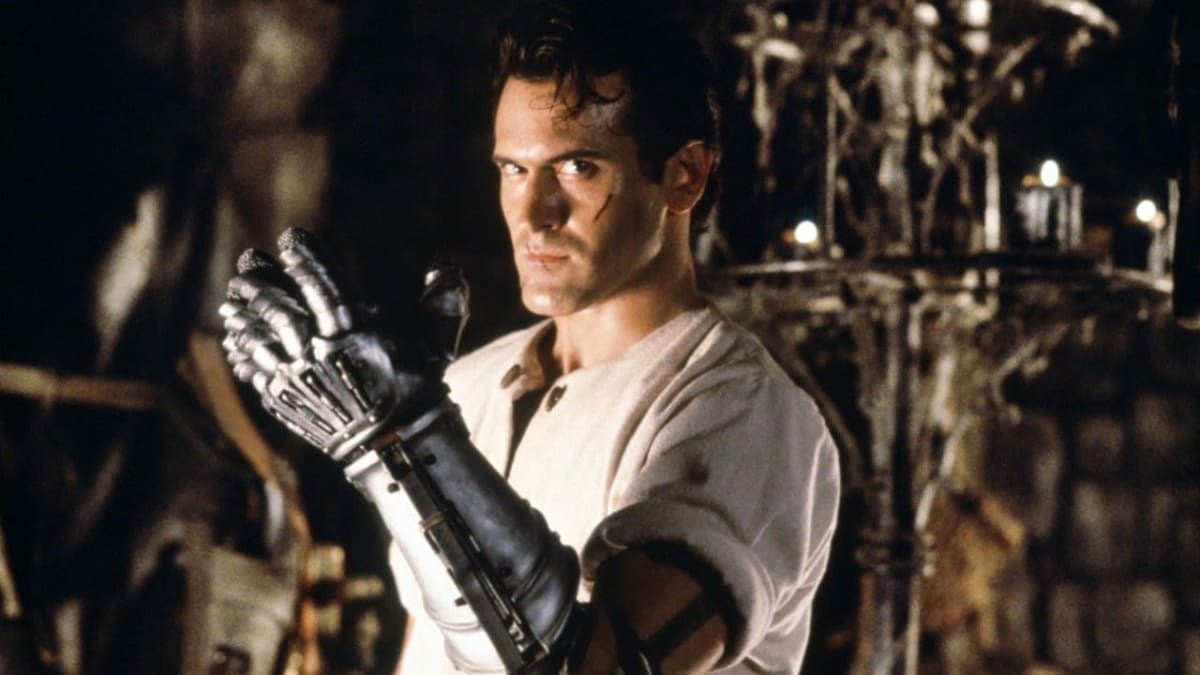Tag Archives: Biotechnology
Lab-grown stem cells may carry an increased risk of cancer
 If you've followed the latest medical research, you know that stem cells are a big deal. They let you repurpose cells so that you can theoretically grow them into whatever you need. However, scientists just got a good reason to be more cautious tha...
If you've followed the latest medical research, you know that stem cells are a big deal. They let you repurpose cells so that you can theoretically grow them into whatever you need. However, scientists just got a good reason to be more cautious tha...
Panasonic and Kyoto University Develop Remote Vital Signs Sensing Tech

Kyoto University and Panasonic Corporation have revealed today a new technology they’ve been working on together, which enables remote detection of vital signs.
Heart rate, heartbeat intervals and other such vital signs will soon be measured without placing sensors on the body, fact that can be quite stressful, especially for young people. Arrhythmia resulting from such stress could be misinterpreted as a genuine heart problem, and patients could end up taking a treatment for a disorder they don’t actually have. Researchers at Panasonic and Kyoto University have created a technology based on a high sensitive spread-spectrum radar and feature-based heartbeat interval estimation algorithm that rivals electrocardiographs in accuracy.
“Taking measurements with sensors on the body can be stressful and troublesome, because you have to stop what you’re doing,” explained Hiroyuki Sakai, a researcher at Panasonic. “What we tried to make was something that would offer people a way to monitor their body in a casual and relaxed environment.”
Panasonic and Kyoto University are trying to promote casual sensing, which means that people who are at risk of heart conditions could have their vital signs checked in the safety of their home, without having to pay healthcare professionals a visit. In fact, the radar developed by the two institutions could be triggered each night before going to bed, or each morning, right after waking up, and the patients wouldn’t be the wisest.
“Heartbeats aren’t the only signals the radar catches. The body sends out all sorts of signals at once, including breathing and body movement. It’s a chaotic soup of information,” added Toru Sato, professor of communications and computer engineering at Kyoto University. “Our algorithm differentiates all of that. It focuses on the features of waves including heart beats from the radar signal and calculates their intervals.”
According to the researchers, the remote sensing system brings together millimeter-wave spread-spectrum radar technology and a unique signal analysis algorithm that can accurately identify signals from the body. Needless to say, the team who has developed this hopes that the system will be available in the near future.
“Now that we know that remote sensing is possible, we’ll need to make the measurement ability more robust so that the system can monitor subjects in various age ranges and in many different contexts,” concluded Sato.
This technology may not seem like a major advancement, but anything that helps patients be less stressed when their health needs to be assessed should be appreciated. It should be noted that Panasonic and Kyoto University are not the only ones interested in such a tech, as researchers at China’s Fourth Military Medical University and NASA have each expressed their interest on this matter. However, the radars developed by these two were built with rescue missions in mind, while Panasonic’s serves an entirely different purpose. That’s not to say that their radar couldn’t be repurposed.
Be social! Follow Walyou on Facebook and Twitter, and read more related stories about ComSonics’ texting-detecting radar gun, or the NASA FINDER radar that spots heartbeats under rubble.
Profusa Biointegrated Sensors Monitor Body Chemistry

The tissue-integrated sensors that were unveiled by Profusa at CES mark a premiere, as they are the first to track body chemistry continuously for long periods of time.
Profusa, a leader in the development of a new generation of biologically integrated sensors, has realized that keeping body chemistry in check could facilitate health and disease monitoring. The bioengineered biosensors that the company showcased at CES pave the way for real-time detection of the body chemistry for up to two years at a time, so that people and healthcare providers have access to medical-grade data.
“In between annual physicals we really don’t know what’s going on in our body,” explained Ben Hwang, Ph.D., Profusa’s CEO. “While fitness trackers and other wearables provide insights into our heart rate, respiration and other physical measures, they don’t provide information on the most important aspect of our health: our body’s chemistry. What if there was a better way of knowing how you’re doing — how you’re really doing?”
Some of the chronic health conditions such biosensors could prove useful for include Peripheral Artery Disease (PAD), diabetes, and Chronic Obstructive Pulmonary Disease (COPD). Dr. Hwang added: “Aimed at being a leading force in the digital disruption of medicine, Profusa’s real-time biosensors are poised to revolutionize healthcare, yielding significantly more insights into one’s overall health status and performance than tracking physical parameters alone.”
Most companies that develop and manufacturer devices that track various parameters of our bodies are mainly interested in helping us stay fit, but Profusa focuses on diabetes and other chronic diseases that have an impact on more than 70 million people just in the US.
The sensors, which look like a minuscule fiber that’s 3-5 mm long and about 500 microns in diameter, are placed under the skin using an injector that specifically designed for this. Profusa’s sensors don’t include any metal components or electronics, which helps them getting fully integrated within the body’s tissues without causing a foreign body response for up to two years.
The bioengineered “smart hydrogel” that the biosensors are made of resemble contact lens material. Capillaries and cells from the surrounding tissue start growing around the gel, which in turn is linked to a light-emitting molecule that triggers continuous signals when detecting biomarkers such as oxygen or glucose. A special optical reader is used for making sense of the fluorescent signals emitted by the embedded sensor.
Lumee Oxygen Sensing System, Profusa’s first medical device, is the only long-term tracking technology that measures tissue oxygen levels and makes sure that they remain within optimal limits during the wound treatment and healing process. Such a sensor is particularly useful in the treatment of chronic wounds from diabetic ulcers, reconstructive surgery and pressure sores. Given that some of these take up to one year to heal, if ever, and knowing just how important of a role oxygen plays in this process, making sure that low oxygen levels are prevented is extremely important.
“When low tissue oxygen is detected early, more treatment options can be considered, and the need for catastrophic amputation can be avoided,” concluded Christopher Owens, MD, MSc, Chief, Section of Vascular Surgery, Assoc. Prof. Surgery, San Francisco Veterans Medical Center, University of California, San Francisco.
Be social! Follow Walyou on Facebook and Twitter, and read more related stories about Novartis and Google’s smart contact lens, or the electronic tattoo that takes dermal temperature to a tenth of a degree.
Paralyzed man regains use of arms thanks to ‘wireless spinal cord’
 Remember that paralyzed guy from Southern California who managed to walk on his own accord thanks to a revolutionary technique that bridged the gap in his severed spinal column with a wireless Bluetooth link? A team of doctors at Ohio's Case Wester...
Remember that paralyzed guy from Southern California who managed to walk on his own accord thanks to a revolutionary technique that bridged the gap in his severed spinal column with a wireless Bluetooth link? A team of doctors at Ohio's Case Wester...



